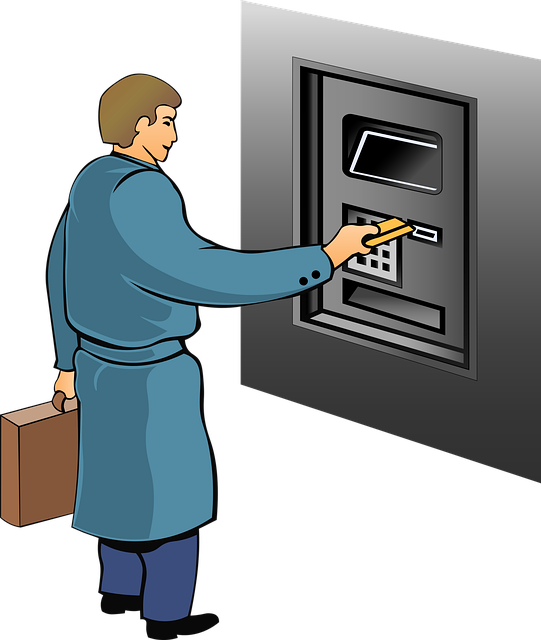Title loan interest rates are tied to the value of collateral, offering faster cash with less stringent credit checks. While providing flexibility and benefits for urgent needs, these high rates carry significant risks. Borrowers must understand strict terms, potential vehicle loss upon default, and explore alternative funding options before taking such a loan.
Title loans, a quick fix for cash needs, come with a significant cost: high interest rates. While these short-term loans offer accessibility, they can lead to a cycle of debt. This article breaks down the complexities of title loan interest rates, offering insights into their advantages and disadvantages. We explore how high rates can provide lenders with security but also pose risks for borrowers. By understanding these dynamics, you can make informed decisions regarding your financial needs.
- Understanding Title Loan Interest Rates: The Basics
- Advantages of High Interest Rates in Title Loans
- Disadvantages and Potential Risks to Consider
Understanding Title Loan Interest Rates: The Basics

Title loan interest rates are a central component to understanding these short-term financing options. Unlike traditional loans, which often have fixed or variable interest rates based on creditworthiness, title loans attach the interest rate directly to the value of the secured asset—in this case, the vehicle’s title. The lender assesses the market value of your vehicle and sets an interest rate accordingly, with higher values typically translating to lower rates. This unique structure is what allows title loans to offer fast cash access with relatively relaxed loan requirements compared to bank loans or credit lines.
Motorcycle Title Loans, for instance, function similarly but with a focus on motorcycles as collateral. The interest rates in these transactions can vary widely based on the lender and the specific vehicle’s value. While this system provides flexibility for borrowers needing fast cash, it’s crucial to be mindful of the potential for high-interest rates. It’s always wise to shop around for the best rates and understand the full loan terms before securing a title loan, ensuring you’re making an informed decision that aligns with your financial goals.
Advantages of High Interest Rates in Title Loans

High interest rates in title loans may seem counterintuitive, but they offer distinct advantages for both lenders and borrowers. One significant benefit is the potential for faster repayment. With higher rates, borrowers are incentivized to pay off their loan more quickly to reduce the overall cost. This can be particularly advantageous for those needing emergency funding as it prevents the debt from accumulating over time.
Additionally, high title loan interest rates can act as a filtering mechanism, ensuring that only those with a strong financial capacity and a clear understanding of the terms should proceed with the loan. This rigor can lead to better creditworthiness among borrowers and minimize defaults, providing financial assistance more reliably in the long run. The vehicle inspection process, often required for title loans, becomes an added security measure when interest rates are high, further protecting both parties involved.
Disadvantages and Potential Risks to Consider

While high title loan interest rates can provide fast cash when you need it most, there are several disadvantages and potential risks to consider. These short-term loans often come with steep fees and charges that significantly increase the overall cost of borrowing. Unlike traditional loans, which typically offer a range of repayment options, title loans have more stringent terms, making it difficult for borrowers to navigate unexpected financial setbacks or changes in their circumstances.
One of the primary risks is the potential loss of your asset – the vehicle used as collateral. If you’re unable to repay the loan on time, the lender has the right to repossess your vehicle. Additionally, defaulting on a title loan can lead to a cycle of debt, as renewals and extensions can add up quickly. It’s crucial for borrowers to carefully consider their financial situation and explore alternative emergency funds options before taking out a high-interest title loan.
Title loan interest rates, while often high, offer both benefits and drawbacks. Understanding these pros and cons is crucial for borrowers navigating this type of lending. High rates can provide lenders with the security needed to offer flexible terms, but they also amplify the financial burden on borrowers. By weighing these factors, individuals can make informed decisions about whether a title loan suits their immediate financial needs while managing potential risks effectively.






